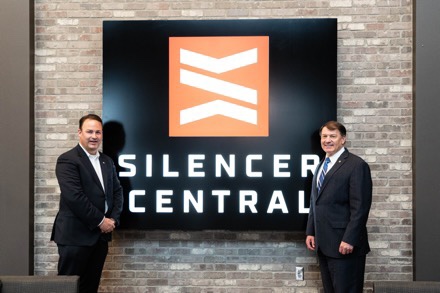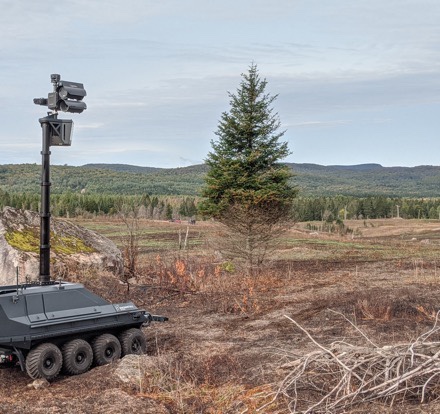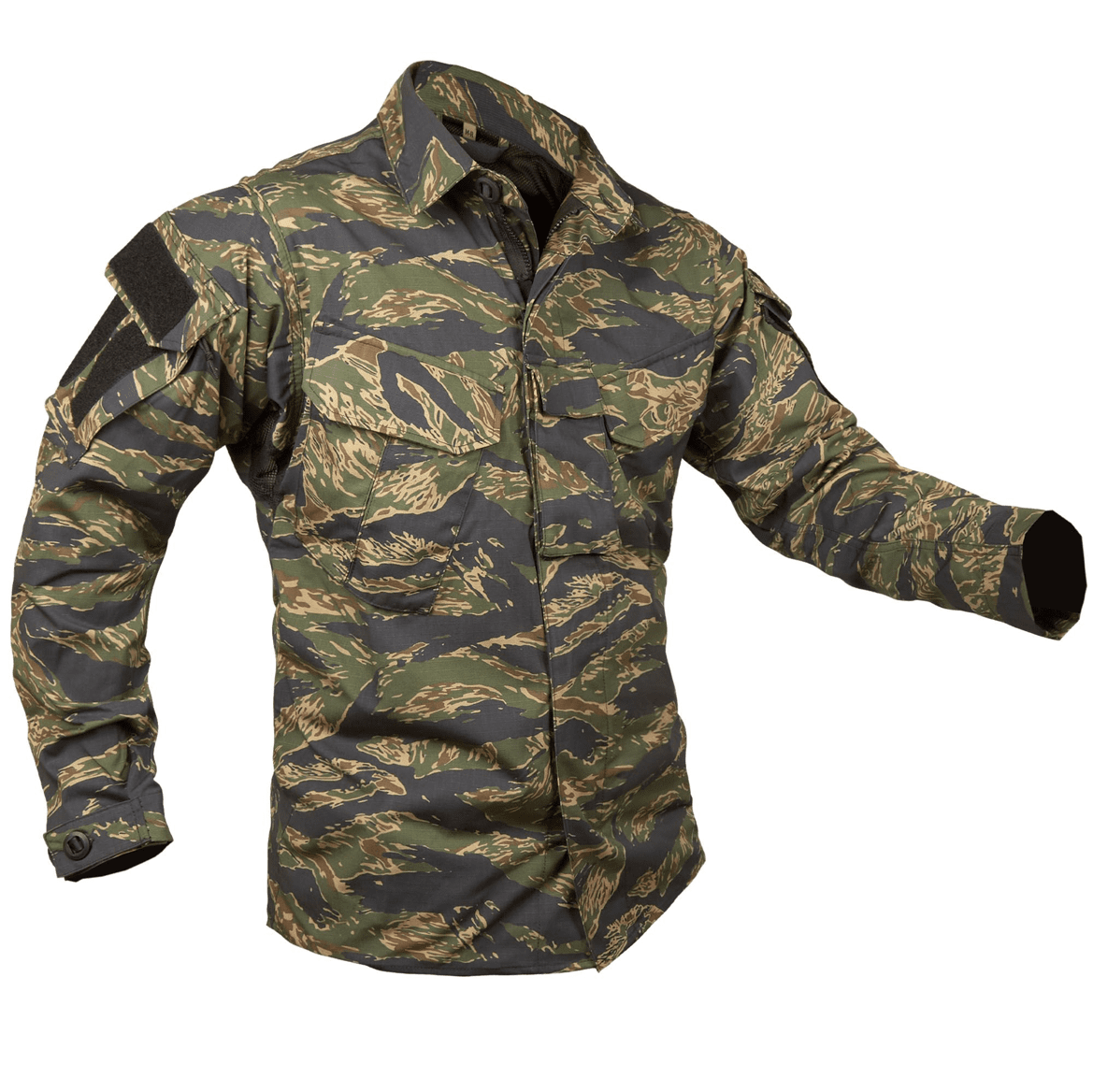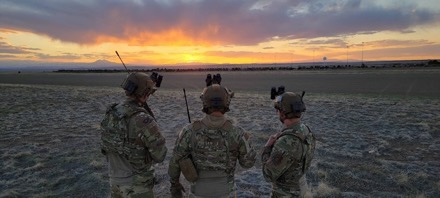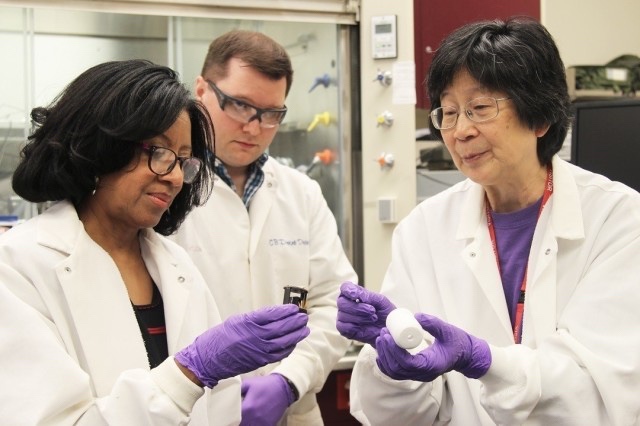
ABERDEEN PROVING GROUND, Md. — The Soldier in the field is often required to carry multiple pieces of gear to handle various situations and every pound matters. With this in mind, Army scientists and engineers are using their diverse skills to cultivate a microsensor development capability at the U.S. Army’s Combat Capabilities Development Command Chemical Biological Center, or DEVCOM CBC.
This proof-of-concept study seeks to provide warfighters with sensors that are light in weight, low in cost, small in size and easy to carry. “We’re always trying to unburden the warfighter. We want to develop sensors that can be deployed to provide personnel with greater situational awareness of their field environment,” said Army Senior Research Scientist for Chemistry Dr. Patricia McDaniel.
According to BioSciences Division Chief Dr. Nicole Rosenzweig, CBC scientists and engineers want to figure out how they can potentially transport these deployable sensors into an area on ground vehicles or unmanned aircraft systems. “Whether it is a ground vehicle or an unmanned aerial vehicle release, the autonomous deployment element of this is a key component of the effort,” Rosenzweig said.
For example, the sensor can be deployed from high altitude into a plume by an aerial drone or mounted on a ground vehicle to provide situational awareness of a given area. During this operation, the microsensor can detect possible hazardous contamination and alert the warfighter so they can make decisions on how to proceed.
Staying aware of warfighter needs makes the miniaturization of sensors a natural transition for the scientists at DEVCOM CBC. Currently, this effort is jointly funded between the Defense Threat Reduction Agency and the CBC. The idea to focus on microsensors surfaced during discussions among CBC researchers and leaders about new innovations. “We started looking at our research strengths, where technology is heading and determined where we can make the greatest contribution to the Army’s modernization process and advanced manufacturing efforts,” said McDaniel.
Scientists are working to miniaturize sensors so that they can communicate with Soldiers and equipment through a universal interface, which will allow users to select and customize capabilities for each unique mission. Researchers envision stealth microsensors for deployment, while being cost-effective enough to discard after use. This paves the way for a “place-and-forget” microsensor that can be used as a one-off after completing its task.
The development of microsensors is a CBC-wide collaborative campaign with the objective to integrate science, technology, modeling, engineering and novel manufacturing processes. According to McDaniel, the CBC is pushing the boundaries of microsensors using additive manufacturing. “We’re trying to pull all of these research elements together to achieve the next generation of chemical or biological detection,” she said.
The CBC is also collaborating with small businesses and universities to move the development of microsensors forward. Recently, CBC researchers worked with the University of Alabama and Forensense Solutions, LLC, and have filed a patent application for their microsensor prototype called the Portable Impedance Based Chemical Sensor. The prototyping objective is to understand current and past efforts across DoD Science and Technology (S&T) programs that have explored sensing. This sensor is designed to detect toxic industrial chemicals, chemical warfare agents and emerging chemical threats.
The CBC is also working to leverage Soldier touchpoint opportunities to continue the development of these prototypes. The goal is to coordinate multiple microsensor demonstrations. This would allow Soldiers to provide input on how microsensors make their jobs easier in the field and provide feedback on future prototypes.
The next steps in developing the microsensor capability at the CBC involves finding additional partners who can help to propel this effort into the future by providing miniaturized chemical detection, novel engineering solutions and low-cost manufacturing methodologies. CBC researchers are integrating technologies developed across the various government laboratories to maximize microsensor capabilities.
The overall vision for the microsensor program is not only to bring new technologies to the CBC but also to advance existing technologies. According to McDaniel, the goal is to pull all of these elements together along with partners’ efforts in order to establish the CBC as the premier laboratory for innovation. “Microsensors is not a singular effort. It’s a spiral effort. The whole idea is to set up the infrastructure so that as we see technologies emerging, we can integrate them into the chemical biological detection world,” she said. “We have the ability to assess, understand and implement them into something truly innovative.”
By Jerilyn Coleman


